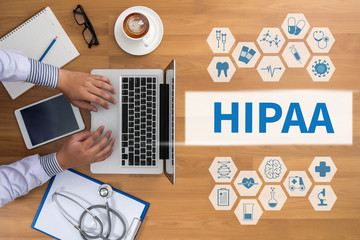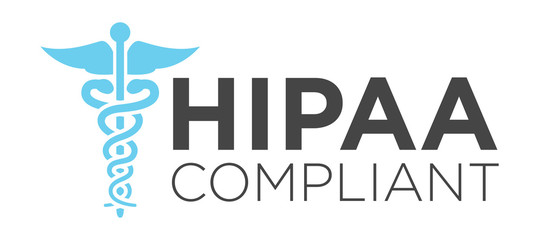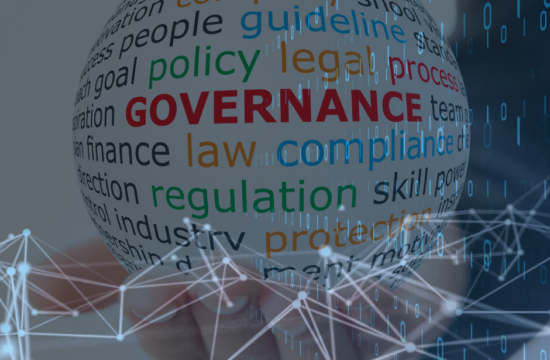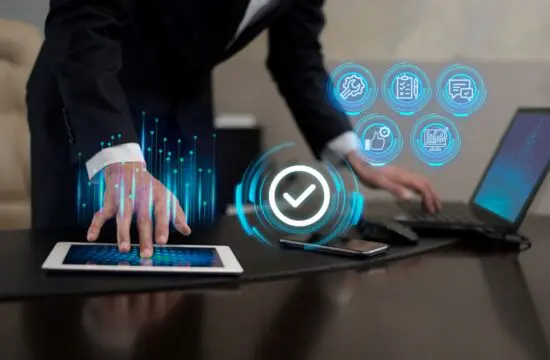Introduction
HIPAA, short for the Health Insurance Portability and Accountability Act of 1996, is a code established to introduce security in electronic transactions relating to health care. The data sets being transacted in these exchanges could be sensitive information, such as personal identifiers of patients, their health vitals, treatment-related information, and more. Post the pandemic, the need for information security of public health information has been necessitated by the fact that there has been accelerated digitalization in all facets of the economy.

While there have been security and privacy provisions already in place for a long time, their importance is only being understood in full breadth today. There is increased adoption of Cloud services, and more and more transactions are taking place electronically. In fact, the HIPAA Journal reported that it settled 13 cases of HIPAA violations during 2020-2021.
Let’s understand in detail what HIPAA is and how HIPAA violations can be mitigated using pragmatic approaches where PHI is stored electronically or on Cloud apps.
Understanding HIPAA Compliance
The following entities must mandatorily observe HIPAA compliance:
- Health care providers
- Health care clearinghouses
- Health plan providers
- Entities that gather patient data for health-related purposes
The Office of Civil Rights (OCR) mandates that employees of such entities as mentioned above, or any entity or person who has access to Protected Health Information (PHI), practice HIPAA compliance. It is generally the responsibility of the administrative and executive staff of such institutions on whom the onus falls for ensuring HIPAA compliance.
HIPAA compliance needs to be designed specifically for each organization, depending on the factors that count as safeguards for information confidentiality. Such factors are typically determined by the appointed officers—Compliance teams, CISOs, CIOs, Compliance officers, and the like—based on the ethos and organizational functions. The safeguards thus identified should align with the HIPAA guidelines.
A relatable example is when you visit a clinic and are asked to fill out a form that requires you to furnish your contact details, your Personally Identifiable Information (PII), and your Identifiable Health Information (HI). This type of information falls under the ambit of HIPAA protection. There are three HIPAA rules that govern the safety of your information with covered entities:
- The Privacy Rule
- The Security Rule
- The Breach Notification Rule
The Privacy Rule
This rule gives the patients the right over the PHI they want to share or deny to a covered entity. Also covered under this rule are the usages permitted for PHI.
The Security Rule
The security rule covers the security of PHI against threats, cybercrimes, misuse, and unauthorized distribution of PHI.
The Breach Notification Rule
This rule mandates the covered entities to identify PHI breaches that have occurred and notify the concerned patients of the breach within the given timeframe.
However, how does all of this fit with the Cloud as a medium for transacting PHI? Let’s understand this in detail.
HIPAA and the Cloud
Cloud Service Providers, or CSPs, are required to enter into a Business Associate Agreement (BAA) with the covered entities (like hospitals) for HIPAA compliance assurance. Both, the covered entity and the CSP, are required to observe the HIPAA compliance rules. The CSP, especially, is required to stringently observe the security rule of HIPAA and ensure the confidentiality, availability, and security of ePHI.
The following methods can be observed to stay compliant with HIPAA rules:
Automation
Automating data handling processes, like detection of misconfigurations in repositories, for example, helps to stay compliant with the HIPAA rules of data integrity.
Monitoring
Monitoring the creation and permissions of ePHI, its usage, and modifications help to keep track of every touchpoint where the data has been. There needs to be a tagging system in place which attributes a label to each data set or ePHI with a trail of identifiers showing where the data has been and how it was treated. This step is perhaps the most important one for ensuring HIPAA compliance.
Orchestration
Policies relating to data privacy and security need to be enforced stringently. A workflow that keeps the data officers and compliance team up to date regarding the data movements needs to be established.
Preparation
Perform regular testing to ensure that the systems are ready for a potential breach at all times. Working with a vendor that has a good track record helps to put a sound system in place that can’t be easily breached.
Conclusion
A breach in HIPAA rules leads to hefty penalties and investigations and involves a lot of precious time and resources. Additionally, it tarnishes the image of the entities involved. By putting together a HIPAA compliance team, businesses can prepare better about HIPAA Data Breaches along with ideation of mitigation strategies .





